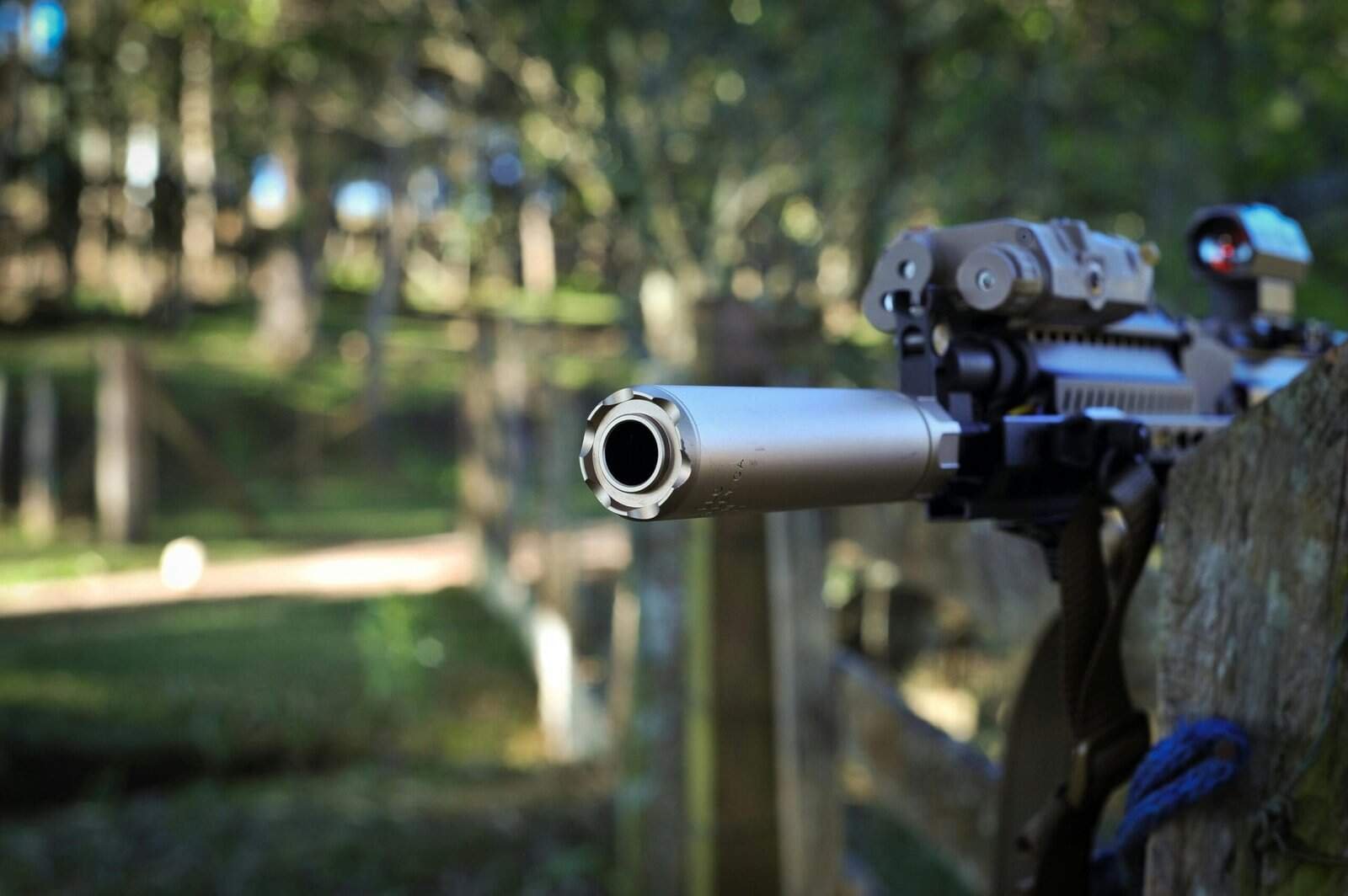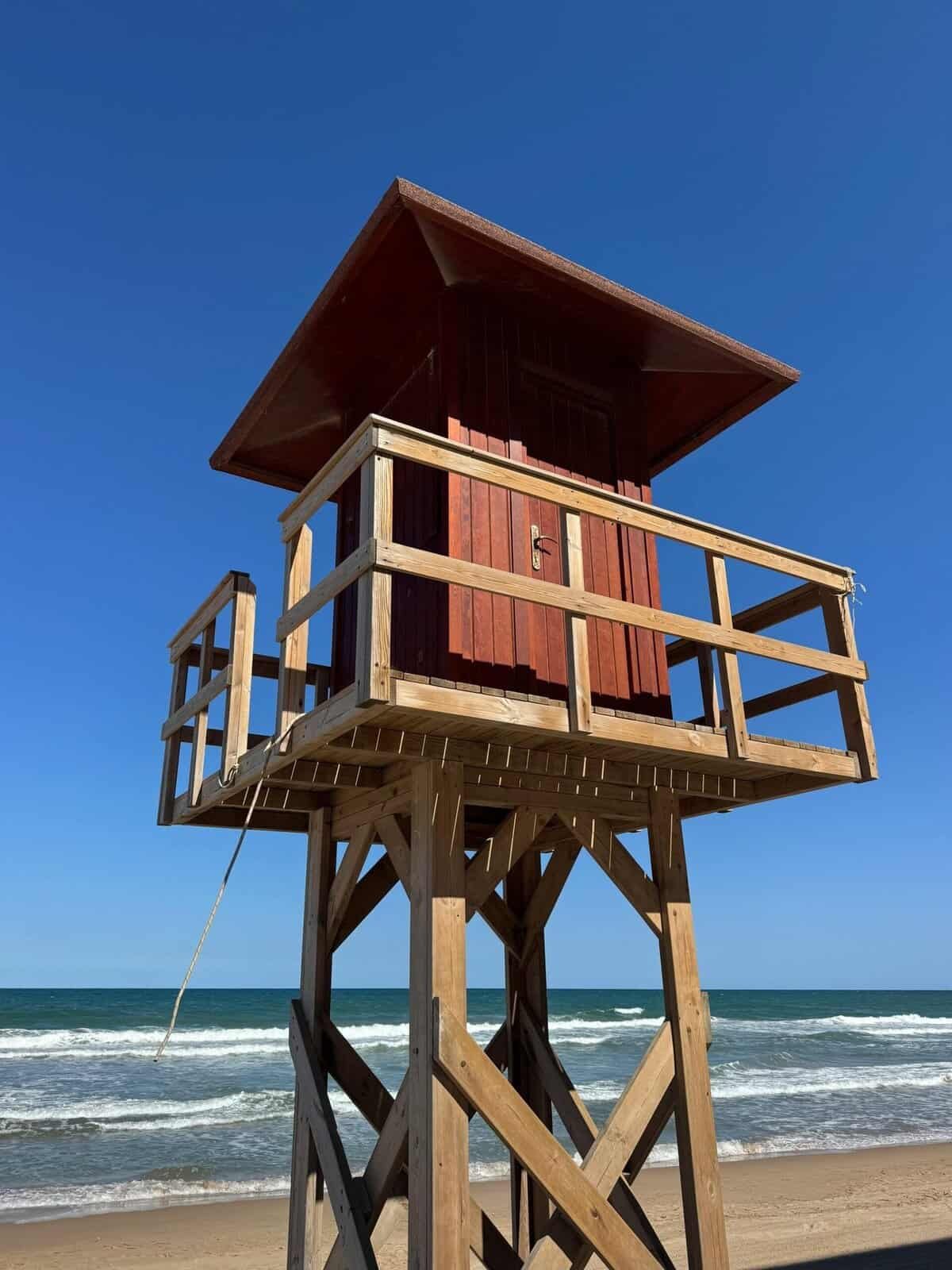Have you ever wondered how you can ensure that your well is up to par with the necessary safety codes? Owning a well can be a fulfilling venture, providing you with a sustainable water source, but it’s crucial to ensure that it complies with local and national safety regulations. Unattended or improperly maintained wells can present various health risks and regulatory issues. In this guide, we will walk through everything you need to know to keep your well safe and compliant.
Understanding Well Safety Codes
Before you can ensure compliance, it’s essential to understand what well safety codes entail. Safety codes are regulations designed to protect both public health and the environment. They vary by location but generally cover similar aspects such as construction standards, water quality testing, and maintenance schedules.
Why Are Well Safety Codes Important?
Health concerns are a primary reason for well safety codes. Water from wells can be contaminated with bacteria, viruses, and chemicals, leading to various health issues. Compliance ensures that the water you consume meets quality standards. Moreover, abiding by these codes helps protect the environment by preventing contamination of soil and groundwater.
Who Sets These Codes?
Safety codes are generally established by state and local governments, with federal guidelines providing a broad framework. Agencies such as the Environmental Protection Agency (EPA) set foundational standards, but your local health department will be your main point of reference for specific regulations.
Steps to Ensure Well Compliance
Making sure your well complies with safety codes involves several steps. From proper installation to regular testing and maintenance, each aspect plays a role in ensuring safe water consumption.
Step 1: Starting With Proper Installation
If you’re in the planning stages of installing a well, this is the perfect time to ensure compliance. Proper installation sets the foundation for safe water access. Hiring certified professionals who understand local codes and have a strong reputation can make all the difference.
- Choose the Right Location: Make sure that your well is located away from potential contamination sources like septic tanks or livestock.
- Inspect the Soil and Water Tables: Understanding the geological conditions of your area can guide the installation process.
- Follow Drilling and Construction Standards: Ensure that contractors use approved materials and methods.
Step 2: Regular Water Quality Testing
Once the well is operational, regular testing is crucial. Contaminants can enter your water supply without you noticing, so periodic testing is essential.
- Test for Common Contaminants: Look for bacteria, nitrates, and pH levels, among other things.
- Frequency of Testing: At minimum, test your well water annually. However, more frequent testing may be needed if you notice changes in water quality.
Step 3: Scheduled Maintenance
Regular maintenance plays a significant role in keeping your well compliant.
- Pumps and Hardware Inspections: Make sure that equipment is functioning correctly.
- Inspect Casing and Cap: The casing and cap should be intact to prevent debris and animals from entering.
- Address Issues Promptly: If tests reveal contamination, take immediate action to treat the water and address the source of contamination.

Common Safety Issues and Solutions
Understanding the challenges you may face owning a well is critical. Here, we discuss some common issues and how to mitigate them.
Bacterial Contamination
Bacterial contamination is a prevalent issue in wells. This can result from animal waste, septic systems, or nearby agricultural activities.
- Solution: Regular disinfection of your well, combined with sealing any breaches in the well structure, can reduce bacterial risk.
Chemical Contamination
Chemicals can leach into your well from various sources including agricultural runoff or industrial activity.
- Solution: Test for chemical contamination and install appropriate filtration systems or water treatment solutions when necessary.
Structural Issues
Structural problems like a damaged casing or cap can lead to contamination.
- Solution: Regular inspections and timely repairs can solve many of the structural concerns your well might face.
The Impact of Drought on Well Safety
Drought conditions can significantly affect your well’s safety. Water shortages can lower the water table, causing wells to run dry or become contaminated due to disturbance of sediments and chemicals.
What to Do During a Drought
During drought conditions, it’s essential to monitor your well water more closely.
- Regular Testing: Increase the frequency of water testing for contaminants.
- Conservation Methods: Implement water-saving methods to minimize strain on your well.
What steps can you take if your well runs dry? You might need to enhance your well or explore alternative water sources in severe drought conditions.

Working With Professionals
Collaborating with professionals can help ensure your well complies with safety codes. Certified well inspectors and water treatment experts have the skill and knowledge to identify issues and recommend appropriate solutions.
Hiring the Right Contractor
- Experience and Credentials: Choose contractors who have a solid track record and the necessary certifications.
- Safety and Cleanliness Standards: Ensure they adhere to the latest safety standards and clean practices.
When to Call in Experts
Call in professionals for significant repairs, contamination issues, and annual inspections. Their expertise can save you from costly mistakes and ensure a safer water supply.
Legal and Financial Considerations
Understanding the legal and financial implications of well ownership can aid in maintaining compliance.
Local Regulations
Familiarize yourself with local regulations. Failing to comply can result in fines or legal action.
Budgeting for Maintenance
Proper budgeting for ongoing testing, maintenance, and potential upgrades can prevent financial strain and help maintain compliance.
- Initial Costs: Plan for costs related to installation, initial testing, and permits.
- Ongoing Costs: Include regular maintenance, testing, and unforeseen repairs in your budget.

Conclusion
Owning a well is a significant responsibility, but with the right knowledge, you can ensure that your well complies with all necessary safety codes. Proper installation, regular testing, and scheduled maintenance are critical components in providing your family with safe, reliable water. Remember, it’s always better to proactively address potential issues rather than react to them after the fact. Make well safety a priority, not just a regulatory requirement, and you’ll enjoy peace of mind knowing your water is safe and clean.
